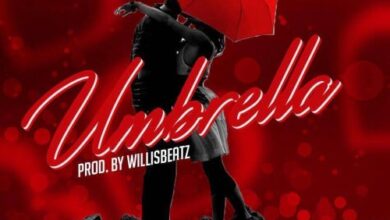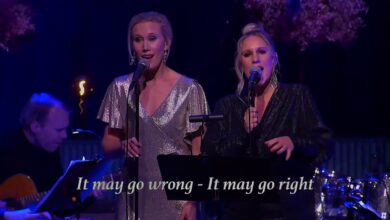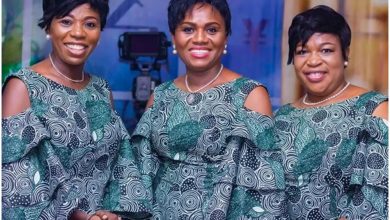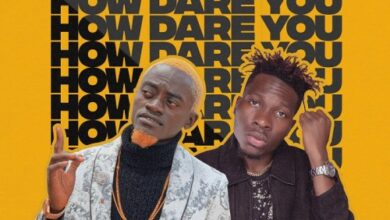Meet Amoako Gh – Ghana’s Trending Contemporary Artist Worldwide
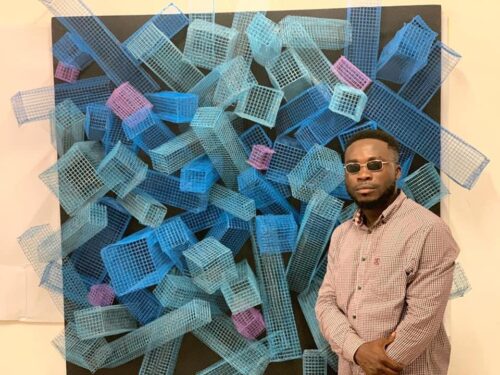
African artist Peter Amoako, born in Ghana, mixes artistic outlook with loud music, with hypothetical formations that tend to create a popular language that represents the movement of the peoples of Africa, and the firepower of colors that are visually ignited in paintings that embody many customs and traditions, but with a suggestive language, and an artistic rhythm that reduces Through him Amoako the working family in narrow societies, but it lives within a special African tradition, trying to unify the family through colors, lines and shapes, opening the spaces of the painting towards the force of life, and the meanings of the fiery colors that his feather stores, which is able to distribute its strokes in a harmony that is not without contradiction within the standards Color and its gradations, in addition to creating many symbols away from artistic limitations, to confirm its ability to mix between the African folk view and highlight the African artistic meanings to renew relations between the ancient and the contemporary according to the effects of the intrinsic value of shapes associated with feather strikes, or contribute to the development of the view of art. Contemporary Africanism, through the color stimuli associated with it in particular, and with a dynamic approach that influences the visual sense capable of imposing contemplations. Leads to a lot of analysis. And with artist Peter Amoako, we conducted this interview:
{African colors, fiery expression, and the ability to preserve visual ripples, how?
My work assumes a contrasting and separate meaning when it comes to expressing colors. As a cultural translator, I distribute vibrant forms in the popular visual language to create global creative expressions, while using the visual language of drawing to translate indigenous fashion culture with artistic rhetoric, in the context of Ghana’s immersive subculture.
{The noise of brush strokes is a strong rhythm. Why?
– The noise or the continuous movement emanating from the brushstrokes are representations of sacred symbols that play and jostle in order to highlight the place and time within the boundaries of my drawing board, the brushstrokes are linked and interact with each other in a color clash that completes and coordinates with each other to give a comprehensive look that cries out for attention. The stroke of the feather thus represents the harmony of the musical notes.
{African art is starting to take a different turn in the art market, what do you think?
After a somewhat unstable growth in the global art market, it is interesting to note that African art is receiving serious attention. There was interest in contemporary African art in the 1970s, but it waned in the 1980s. It was then revived again later in the 1990s. Now the cultural arts is getting more critical attention in Africa, as well as in the diaspora. Today I also feel that the art of Africa greatly influences the international art scene.
{When do you paint, and what is your vision for the future in art?
I don’t really know how to answer this question, but I always move to work at any time and any moment, but I enjoy drawing in a quiet night silence and I remember everything that my immediate environment can provide, and I contemplate it deeply, although I always spend hours at the university where I work (Tacordai Technical University) I created two studios, one in the university and the other in my apartment, and a recording studio where I make my songs and record for other artists. My vision is to travel the world, share my artwork with the world, research, influence and exhibit in numerous art galleries and museums around the world, and collaborate effectively with other artists to help broaden my vision in the field of art.
Article By Salut Daho Mol – Lebanese art critic

